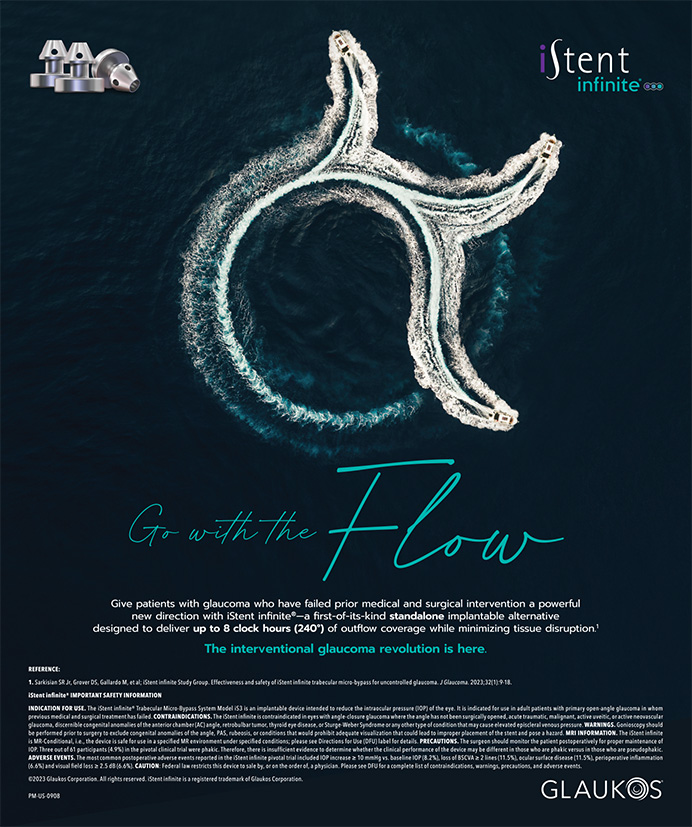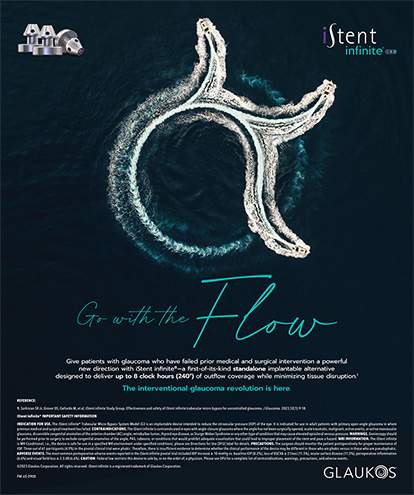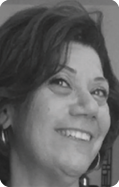
After more than a decade in an enormous multispecialty academic institution and a few years at a smaller group practice where he quickly rose to CEO, ophthalmic surgeon Steven D. Vold set out to build a practice that would reflect the changing face of health care and serve as a model for others hoping to do the same. Vold Vision in Fayetteville, Arkansas, was the result, and after 5 years of what he describes as “explosive growth,” Dr. Vold says, “In order to be successful in the new health care environment, you’ve got to adapt to the world at hand, and that’s what we’re trying to do.”
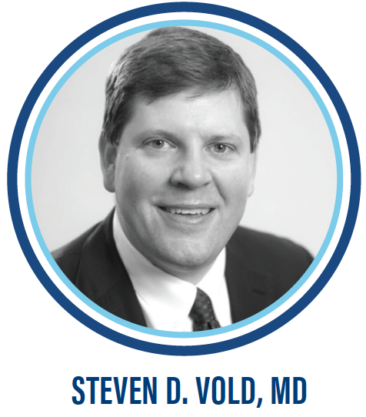
Dr. Vold is a man of expansive ideas and expertise. “There are people who are proactive and people who are reactive,” he states. “I like to be a step or two ahead of the game, because when the rules change, there are winners and losers, and I’m hoping that, by doing what I’m doing, this practice will be successful long after I’m gone.”
He built his state-of-the art facility from the bottom up and says he plans to recruit the country’s best ophthalmic specialists during the next few years. Dr. Vold bought his 24,000-sqare-foot office in 2011, when repercussions of the earlier economic downturn were still being felt. He recalls, “I bought, what was essentially a brand-new orthopedics building when it was in foreclosure. The second floor had not been built out yet, and I had to basically rebuild the whole first floor to make it an ophthalmology practice.”
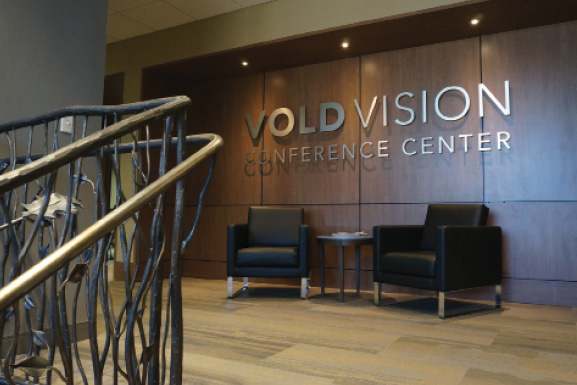
The first thing he did was build a 9,000-square-foot ambulatory surgery center that houses three ORs and a laser facility. “It was a massive undertaking,” he says. “Honestly, if I [had known] the hurdles involved, I might not have done it. Of course, in retrospect, all of the effort was worth it, because I have this great facility that is distinctive in that it’s all built around clinical research, innovation, and education.”
Vold Vision’s refractive cataract department is booming. The practice offers all of the newest IOL options, and Dr. Vold has been integral to the research and development of Calhoun Vision’s investigational Light Adjustable Lens as well as several other investigational and recently approved IOLs. He is a glaucoma specialist, however, and in addition to being an active investigator in several ongoing glaucoma device trials, he was the first surgeon in the United States to implant the recently approved CyPass Micro-Stent (Alcon). “We set this practice up in a way that we can survive in the new health care system,” he comments. “It’s built on clinical research and education and a fee-for-service mentality, and it’s a model that I believe others will emulate.”
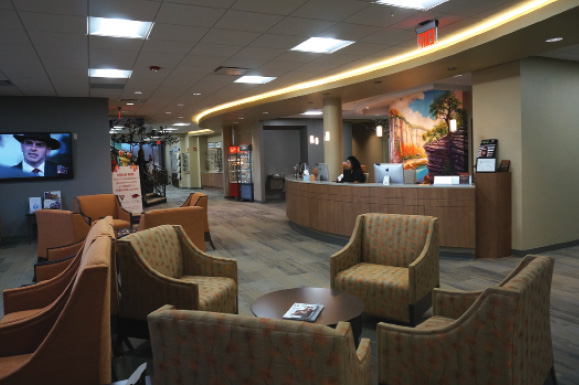
The model includes recruiting best-in-class doctors from across the country. He’s started on that quest with the addition of the practice’s executive director, Kevin LaMarche. Mr. LaMarche was, among other things, formerly the technical supervisor of the Residency and Fellowship Training Program at Harvard Medical School System’s Massachusetts Eye and Ear Infirmary. Recruiting an executive director was part of Dr. Vold’s big-picture strategy. “My aim is [to have Vold Vision] be a true center of excellence where we are educators not just for local doctors but [also] for providers and industry people all over the world,” explains Dr. Vold.
He discusses his vision for his practice, the future of health care, and the importance of making patients feel like they are all that matters. The bottom line, he says, is that “nobody cares how much you know until they know how much you care. Our goal is to make sure they know.”
CRST: Your practice has a reputation for attracting patients from surrounding states and beyond. Why is that?
Dr. Vold: We attract patients from coast to coast and all over the globe, but the bulk of our patients are from five neighboring states: Texas, Oklahoma, Missouri, Tennessee, and Louisiana. The Internet actually plays a role in that. People who want the best treatment read about what I’m working on and seek me out. For instance, I’ve published extensively on microinvasive glaucoma surgery, and I also have a lot of people coming here because they’re interested in my work with the Light Adjustable Lens. People read about our research, and they’re willing to travel for these excellent options.
Our annual education meetings also help spread the word about our practice. We have at least two optometric seminars every year; they are fairly large, well-attended regional meetings. The programs often feature live surgery: we have broadcast surgery to more than 350 countries.
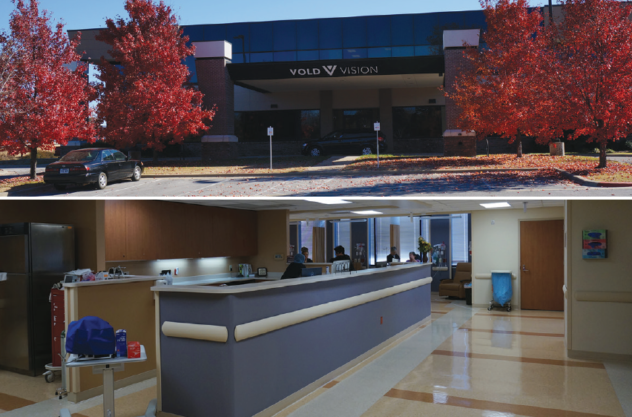
CRST: How have these meetings evolved since their inception?
Dr. Vold: They started out small, focusing on presentations to optometrists with whom we comanage patients. [The meetings have] grown significantly. This year, we rented out an entire hotel, and our lineup included major speakers such as John F. Doane, MD, a former chief medical editor of CRST. My hope is that the meeting will grow into a major ophthalmology meeting where people come to see new products launched.
CRST: You have said you want Vold Vision to be a model for other practices. Who is your role model?
Dr. Vold: I have always been a big fan of Steve Jobs, particularly the way that he would stage presentations of each new offering that Apple introduced. I am basically taking a page from his book with a lot of our education efforts. We are involved with so many new and exciting technologies, and we always make an effort to present what we are doing so that others can learn from it. We performed [and broadcast] the first CyPass surgery here, and we are hoping to do the same with [our experiences using the] Tecnis Symfony IOL [Abbott] implantation and the ReLex SMILE [Carl Zeiss Meditec] procedure.
CRST: What inspires you to be the kind of enterprising surgeon who is always looking to move the specialty forward?
Dr. Vold: For me, it has always been about making a difference. All I am trying to do is help people. I love to give them the newest and the best in technology and the best surgery possible. Technology is constantly changing, so my feeling is, if you are not getting better, you are getting worse. Both of my parents were teachers, and I love to educate [others]. The reality is, to buy the new technology, you have to do well financially, and to do well financially, you have to run a good business. The way that this practice is structured, with a strong fee-for-service component, almost 40% of our business is cash pay, which goes a long way toward funding investments in new technology.
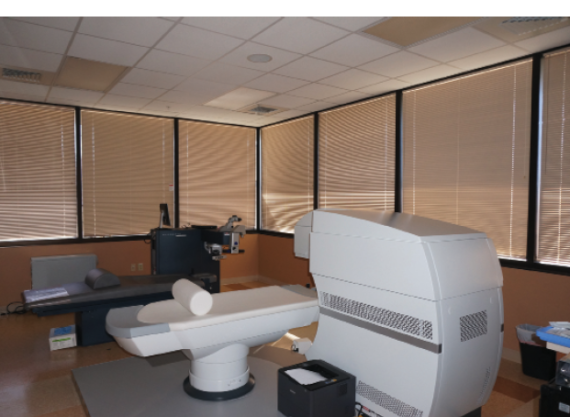
CRST: You are a glaucoma subspecialist with a practice focused on research and education that also has a lucrative refractive cataract and LASIK arm. Was there someone or something that inspired your vision?
Dr. Vold: I had been planning to be a pediatric ophthalmologist, but I met Lisa F. Rosenberg, MD; Jon M. Ruderman, MD; and Theodore Krupin, MD, during my residency at Northwestern University Medical School in Chicago. They encouraged me to go into glaucoma, and I am so grateful that they did. The other two who have had a profound impact in shaping my career and my practice are Ike Ahmed, MD, and Bob Burlingame, MD. Dr. Ahmed, who has been at the forefront of microinvasive glaucoma surgery, is a dear friend. I have been able to pick his brain tremendously over the years, and I modeled my practice partially off of his practice. I have gotten inspiration from Dr. Ahmed for the part of me that is all about problem solving and innovating. Dr. Burlingame, on the other hand, has mentored and encouraged my entrepreneurial instincts. I went on a mission trip to Belize with Dr. Burlingame, who had built a practice from scratch in Sherman, Texas, and he taught me a great deal about the business side of running a practice. It was his influence that led to my ultimately forging [ahead] on my own.
CRST: You have been solo for 5 years. How’s business?
Dr. Vold: Our facility is one of the most spectacular of any ophthalmic practice across the country, and we are poised for growth. We were able to finance the building at less than 2% interest by using the bond market, and we have no debt on any of our equipment. We have 30 employees and perform about 2,500 procedures a year. The first few years, I did not take a salary, and I invested everything back into the practice. Now, I am starting to reap the rewards.
Things are going really well from a business perspective, but all of that would be meaningless if I felt like we weren’t providing an exceptional patient experience. Another good friend of mine, Vance Thompson, MD, is known for providing the quintessential patient experience at Vance Thompson Vision. I have learned a lot from him, and I have applied some of his concepts to Vold Vision. Bringing technology and innovation to patients is important, but the patient’s experience has got to be second to none. We are taking care of people who, in many cases, are going blind or who have serious vision problems; if they have someone who they feel legitimately cares about them and wants to help them, that is a big deal. The patient has to feel like [he or she is] the most important person on the planet; you provide unbelievably great care, and then [he or she goes] out and talk[s] about it.
CRST: The Vold Vision model includes a focus on fee-for-service revenue. Tell me about that.
Dr. Vold: With decreasing reimbursements, it is crucial for practices to have revenue streams other than Medicare-reimbursed procedures. We perform refractive surgery and premium IOL surgery, and we are planning to add oculoplastic surgery to the mix. Performing clinical research trials is another lucrative way to generate revenue, and so is education. Educational events can really help grow your practice. If you become a place where you are training other physicians and the staff members of other practices as well as members of the ophthalmic industry like we are, that can be a significant source of revenue.
CRST: What have been some of the challenges Vold Vision has faced?
Dr. Vold: The biggest challenge we faced was having explosive growth in the first 5 years. We had the sound of jackhammers in the background and all of the other nuisances that go hand in hand with construction as we [expanded] the facility. It is almost too much for a team to deal with early on, but as far as I was concerned, with all of the changes in health care, we had no choice but to be fairly aggressive.
CRST: Clinical research is an important part of the Vold Vision mode. Explain.
Dr. Vold: We have three clinical research coordinators, and in addition to facilitating trials of numerous new technologies, we have become somewhat of a center for clinical research for companies that are trying to figure out how to bring new products to market. We have become a place [where] people come to essentially pick our brains, because we have developed this expertise. In addition to that, we have trained over 50 institutions in how to do clinical research. They send their research coordinators here, and we teach them how to conduct clinical research programs—everything from how to enroll patients to going through all the steps of successfully carrying out clinical trials.
CRST: What is next for Vold Vision?
Dr. Vold: We built the infrastructure for a subspecialty clinic, and now we can bring in best-in-class subspecialists from all over the country. We hope to hire a half-dozen physicians during the next 2 to 3 years. We are also planning to hire several staff optometrists, adding to our current optometrist, Michael McFarland, OD. I have a very distinct vision. I want to recruit the very best doctors—not middle-of-the-road doctors. I want our organization to excel at the highest level possible.



